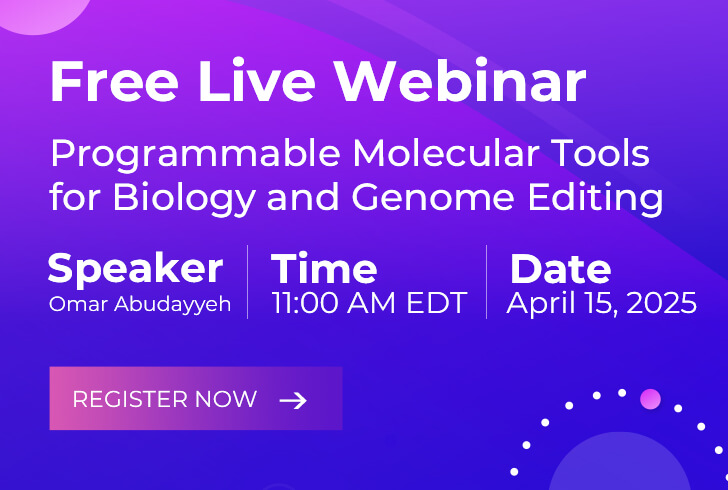ALN-AAT
Inquiry NowAlpha-1 antitrypsin (AAT) deficiency is a common cause of onset and worsening of liver disease. In most patients, the expression of the mutant AAT allele called Z-AAT causes the AAT protein to misfold and aggregate. This aggregation can damage liver cells and eventually cause a series of liver diseases. In order to achieve effective treatment at the genetic level, it is necessary to down-regulate the mutant allele (Z-AAT) at the mRNA level to prevent the disease from worsening. ALN-AAT is a small-molecule interfering RNA (siRNA) developed for this purpose. It has shown improvement in AAT deficiency symptoms in mouse models, and has the potential for further development.
RNA Interference and Gene Therapy
RNA interference (RNAi) is an evolutionarily highly conserved gene regulation mechanism. It is usually triggered by a short double-stranded RNA (dsRNA) called siRNA after the mRNA is transcribed. This short dsRNA is endogenously processed by the long-chain dsRNA through the RNase III enzyme Dicer or introduced into the cell as synthetic siRNAs. When siRNA is loaded into the RNA-induced silencing complex (RISC) in the cytoplasm, it will cause sequence-specific degradation of its homologous mRNA sequence, which in turn reduces the protein encoded by the mRNA. By introducing synthetic therapeutic siRNA, this natural endogenous mechanism can be used to down-regulate any target protein.
ALN-AAT Related Drug Efficacy Research
ALN-AAT is an N-acetylgalactosamine-coupled siRNA that targets AAT mRNA, allows subcutaneous administration, and is taken up by hepatocytes through asialoglycoprotein receptors (ASGPRs). ALN-AAT has been specially modified to greatly increase its stability. Its targeting principle is to conjugate the 3 'end of the sense strand of siRNA with a trivalent N-acetylgalactosamine (GalNAc) ligand, so that it can target ASGPR on hepatocytes. Subcutaneous administration of GalNAc-conjugated AAT siRNA resulted in dose-dependent inhibition of serum human Z-AAT, with the maximum inhibition> 95% observed at a dose of 3 mg/kg. A single dose of 1 mg/kg maintains 40% AAT levels for at least 15 days. Repeating the 0.5 mg/kg dose twice a week reduces AAT serum levels below 10% (90% inhibition). Finally, 25-46-week-old Z-AAT transgenic mice given GalNAc-AAT for 4 months showed reduced incidence of liver tumors compared to untreated control animals.
In summary, ALN-AAT can suppress the AAT gene according to the dose, and effectively reduce the Z-AAT level in liver fibrosis transgenic mice in animal experiments. Also, it has other effects on the health of the liver, such as reducing misfolded protein aggregates and globules, and reducing the occurrence of liver tumors.
If you want to know more about this product, you can contact us for more details.

